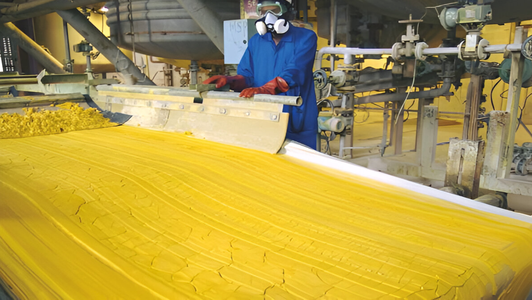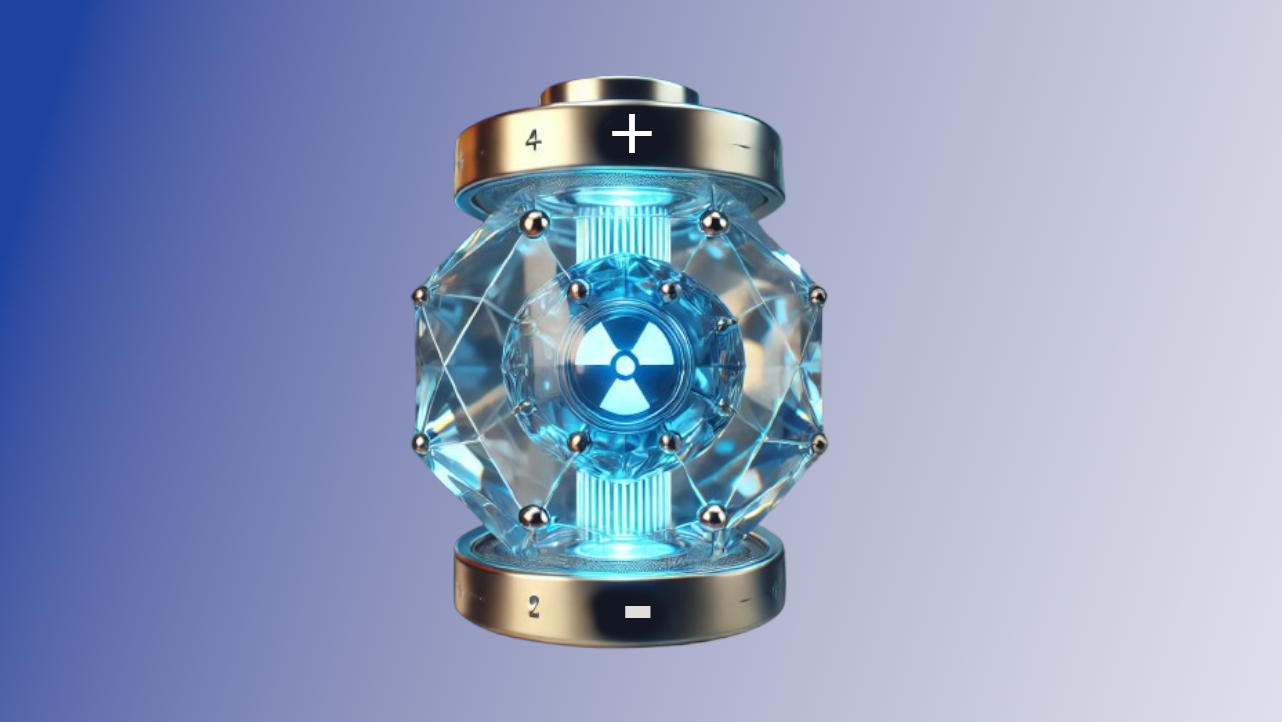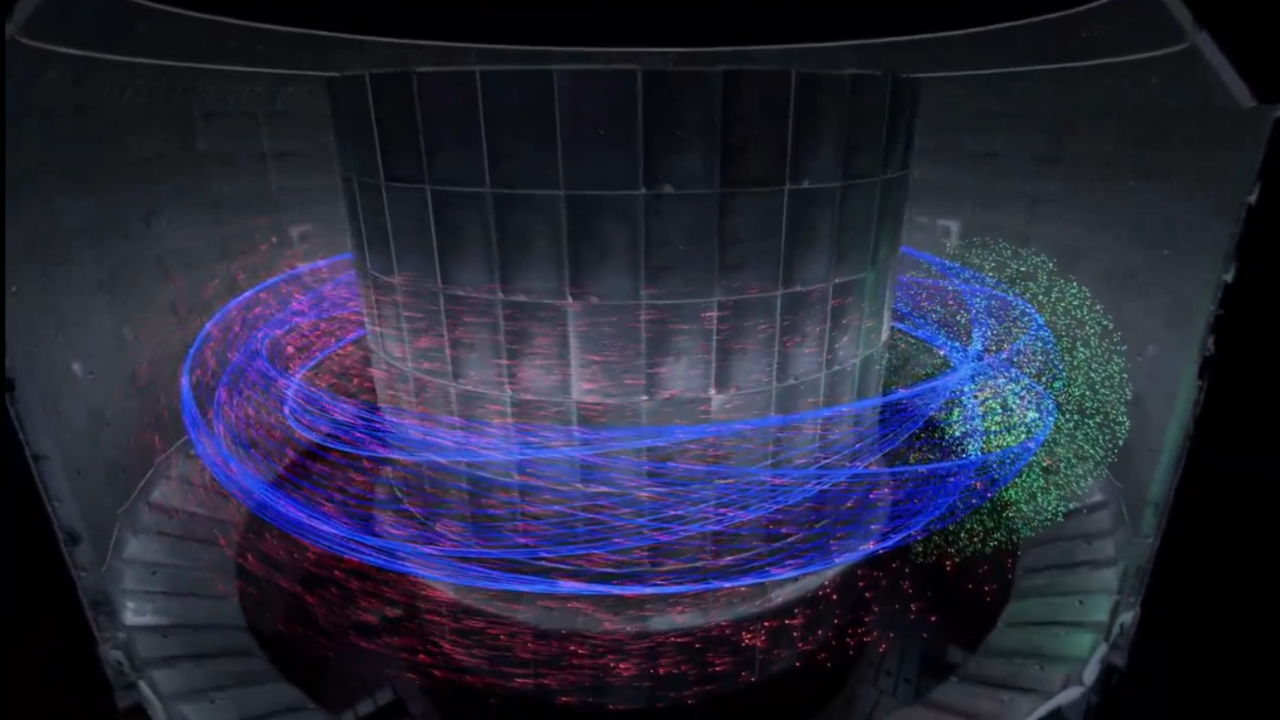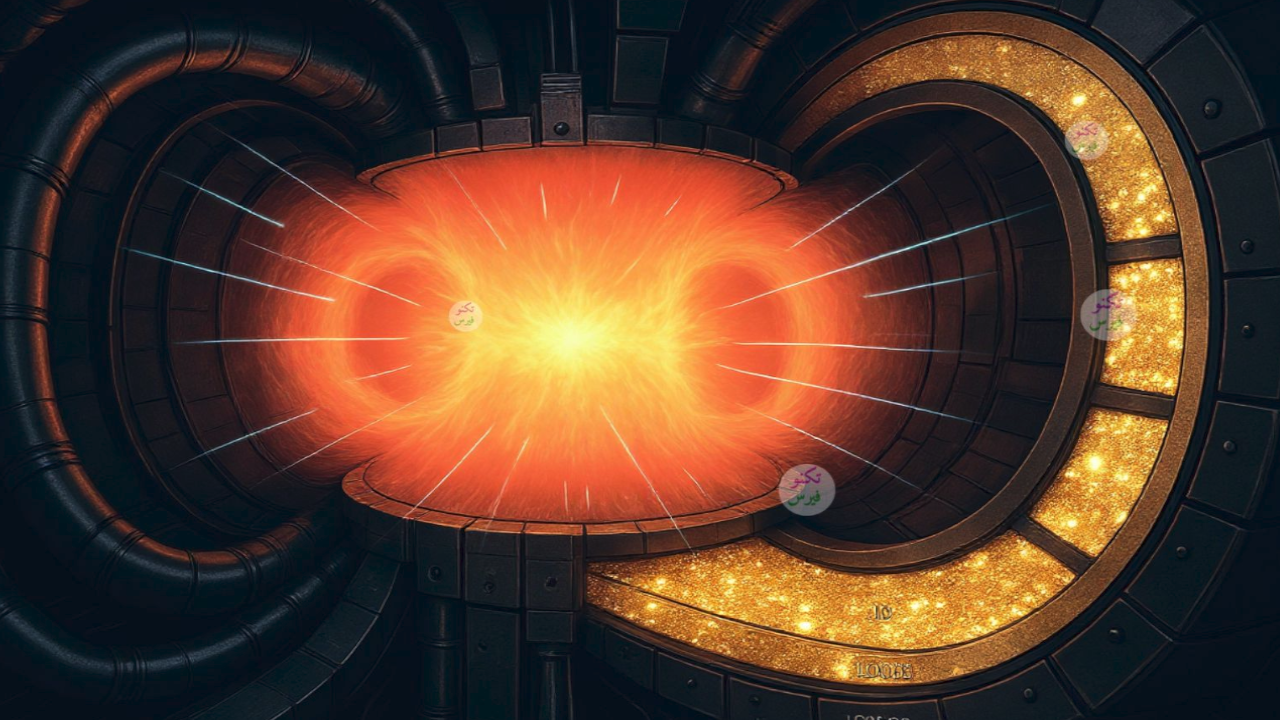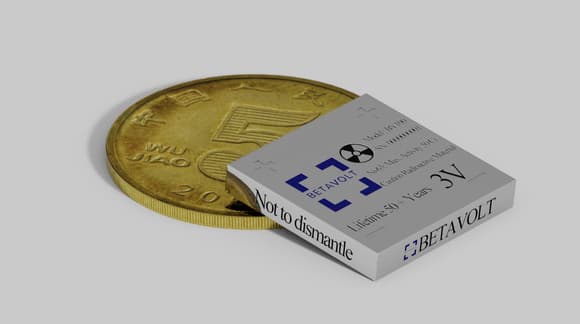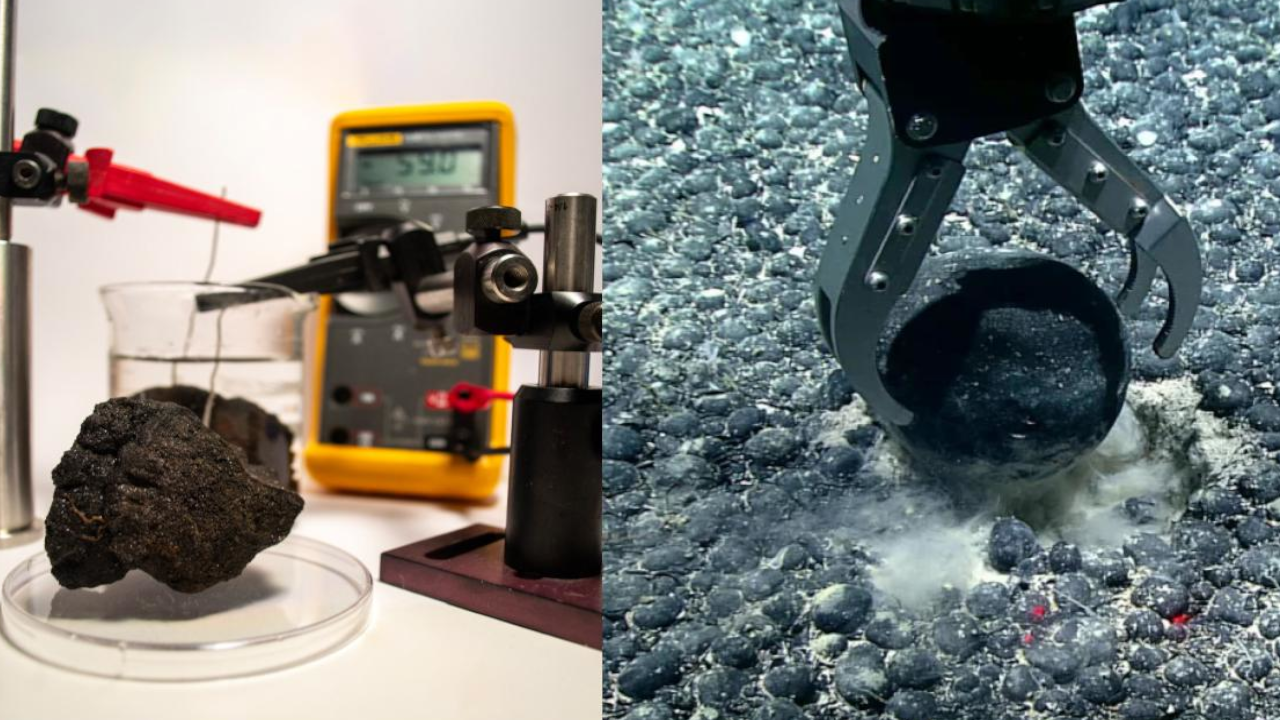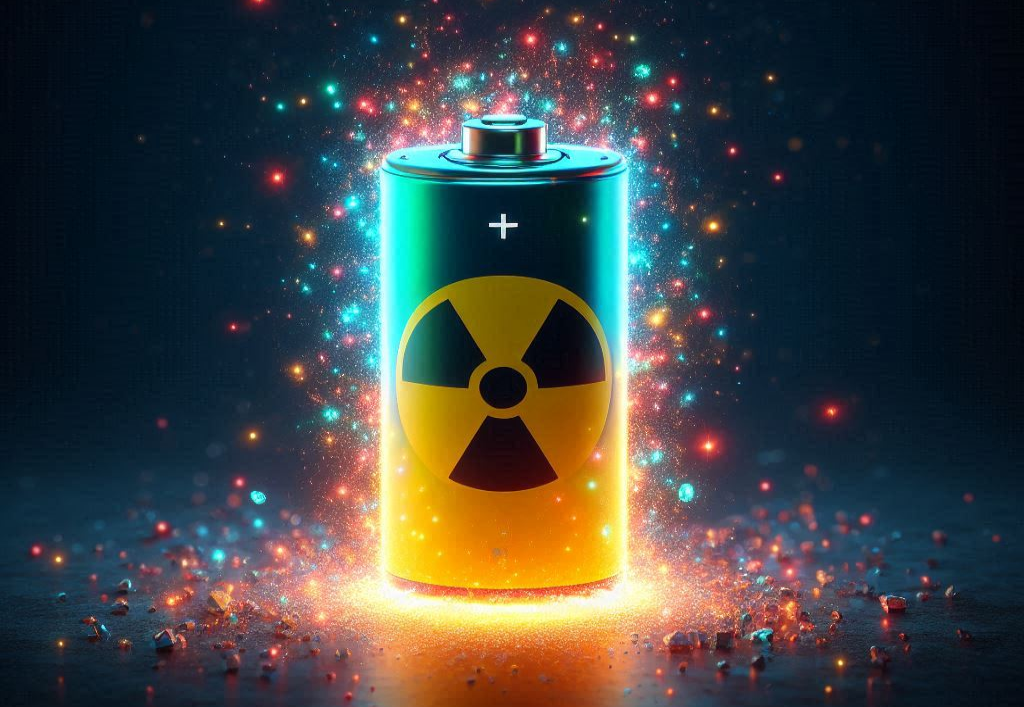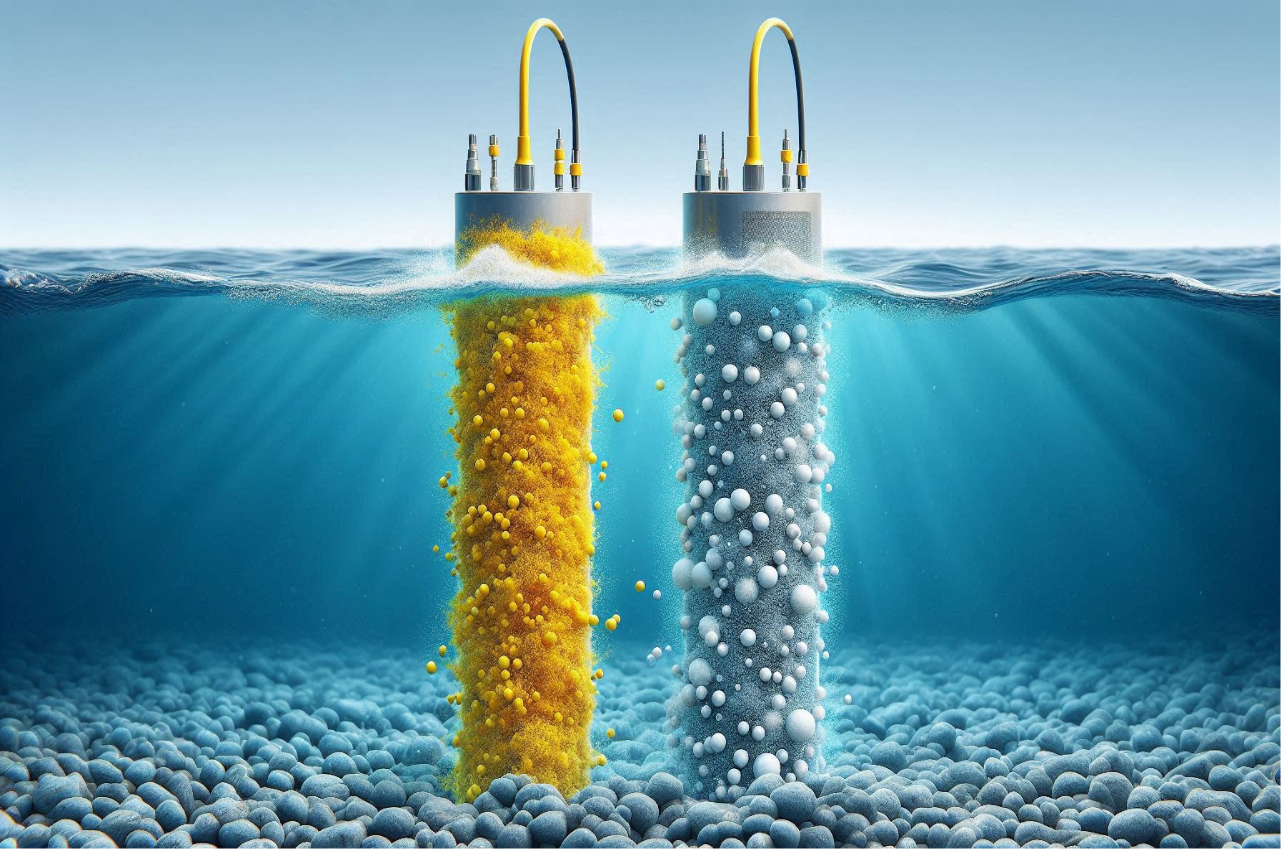A small amount of uranium can produce a massive amount of energy, and fortunately, it is abundant in the earth, about 500 times more abundant than gold. However, it is not used directly after being extracted from mines, but rather goes through several stages, the first of which is its conversion into yellowcake.
Yellowcake is a powder extracted after processing uranium mined from the earth. The concentration of uranium in it is high, ranging between 70% and 90%, and its color ranges from light yellow to dark brown, depending on the impurities present.
How is yellowcake obtained?
Uranium ore rocks are extracted from mines, and the ore usually contains a small percentage of uranium, reaching only 0.1%. The ore is then crushed into small pieces and ground to release the uranium from the rocks. After that, the ground ore is treated with chemical solutions, such as sulfuric acid or carbonates, to separate the uranium from the impurities. This process is called leaching.
Then, the uranium is precipitated from the chemical solution in the form of solid compounds, such as uranium salts. After precipitation, the solid compounds are dried to convert them into a fine powder, which is known as yellowcake.
Why is yellowcake manufactured in this form?
This process aims to increase the concentration of uranium. While the original ore contains only 0.1% uranium, the concentration in yellowcake rises to 75% or more, making it more efficient in subsequent processes. The dry powder is also easier to transport and store compared to liquid materials or the original ore.
Yellowcake is then converted into uranium hexafluoride gas (UF₆), which is used in the uranium enrichment process in centrifuges.
The importance of uranium and its energy role
Compared to fossil fuels, nuclear energy produces a much smaller amount of carbon emissions, making it an environmentally friendly option. With the increasing demand for clean and sustainable energy, uranium is expected to remain a primary source of energy in the future.
